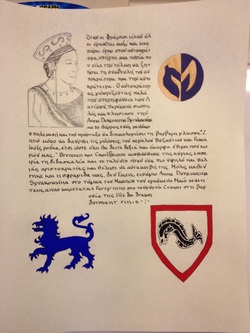
First the words:
"Attend the words of Brennan and Caoilfhionn,
When the Franks had all come together and had taken an oath to the emperor, there was one lady who had the boldness to seek the counsel of the Emperor and Empress. The emperor, well knowing the pride of the Latins, kept silent as Anna Dokeianina Syrakousina approached, with the courage of a brave warrior and bade him to excuse her barbarous language. “I seek only to expand the knowledge of great Byzantium and Roman clothing so that all will see right and beautiful customs of our lands.” Brennan and Caoilfhionn felt the lady’s experience, teaching and talent was of a most high and ancient nobility and wished to reward her. Upon our word and seal, do We, induct Anna Dokeianina into the Order of the Maunche this May 17, A.S. XLIX (49) at the Crown Tournament in the Barony of l’ile du Dragon Dormant."
I did the words, illumination and calligraphy this time around. I also put in the caution to the recipient that I made the document with period pigments of lapis lazuli and cinnabar.
My research on this scroll started with finding a picture of the recipient so that I could get some inspiration from how she looked. Luckily this recipient made it very easy for me because she has her own blog so I had a wealth of information. Anna is an avid researcher in Byzantium and Roman clothing so I was excited to be able to do this. Her own blog, which is recommend is here: http://annasrome.com
The wording was based on “The Alexiad” (10:10, 10:11) by Princess Anna Comnena, the account of her father, Byzantine Emperor Alexius I, 1083-after 114. This is the same time period as the recipient and I thought I would work the wording in a nice way to tell Anna's story. I found the Alexiad here: http://www.fordham.edu/Halsall/basis/AnnaComnena-Alexiad.asp
I then looked around for an appropriate 11th century Byzantine Manuscript and found the of Gospel of Luke here.
http://upload.wikimedia.org/wikipedia/commons/9/97/Byzantinischer_Maler_um_1020_003.jpg
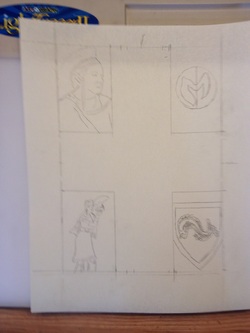
Layout. I had thought about adding picture from the Bamberg textile from the bottom, but changed my mind later to add the Eastern tiger instead. That is why you see a figure where eventually the Tiger ends up.
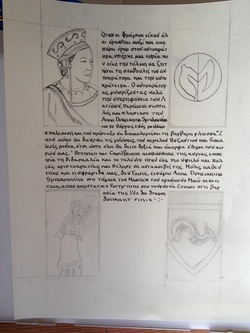
I inked in the start of the portrait that I lifted off of Anna's blog and started to ink in the other areas that would get painted.
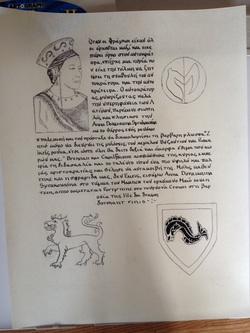
Figure is now fully realized, Maunche and Arms are both inked in nicely. At this point I had decided on the Eastern Tiger to represent the fierceness of this woman.
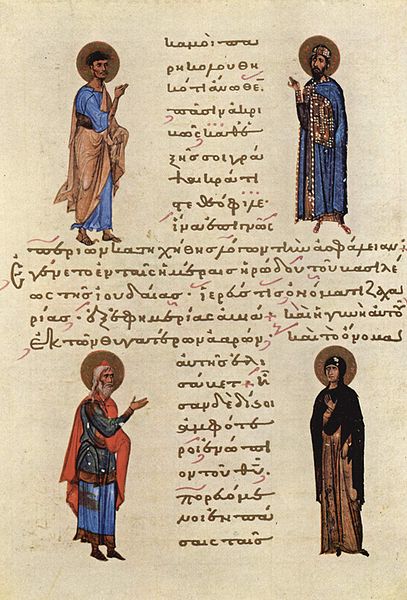
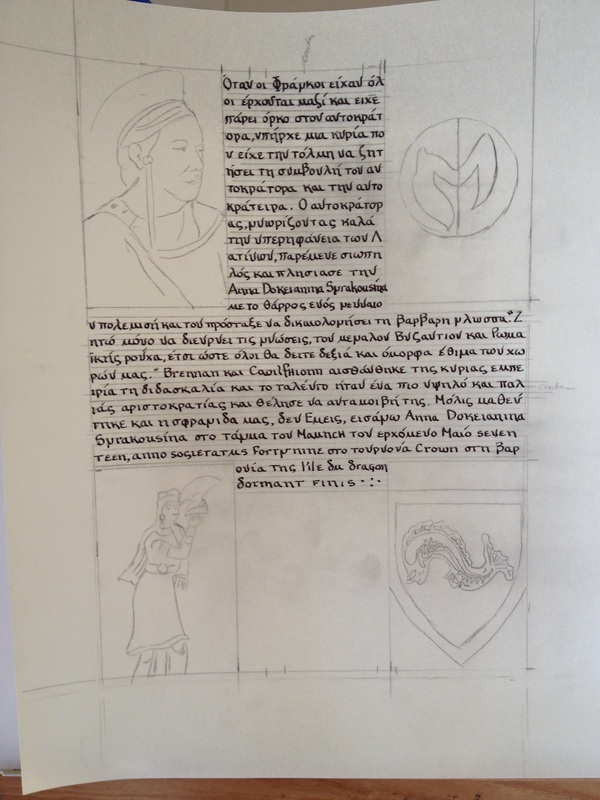
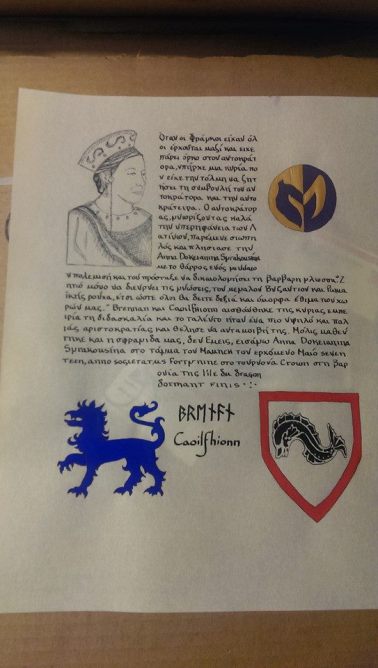
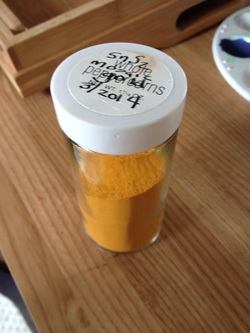
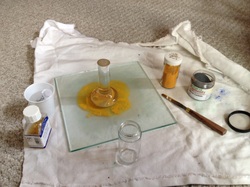
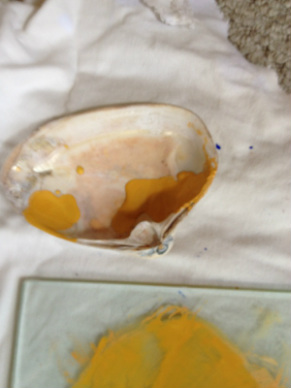
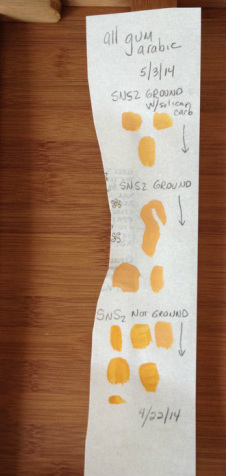
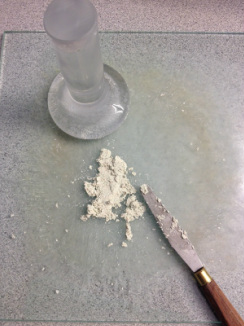
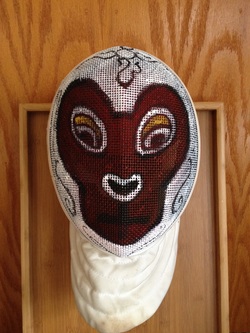
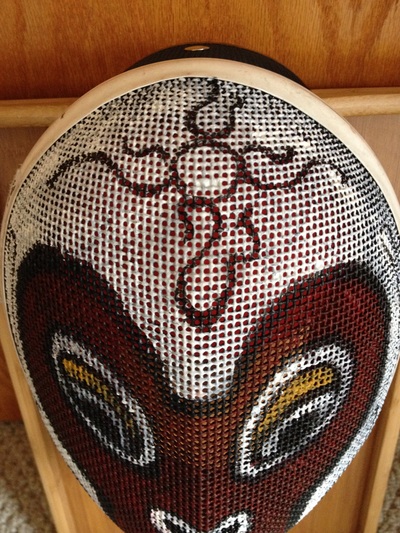
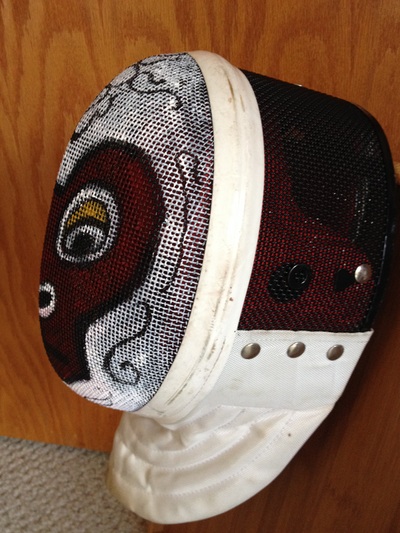
 RSS Feed
RSS Feed
